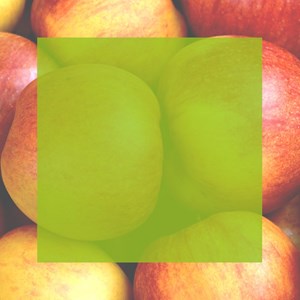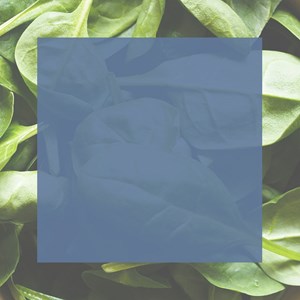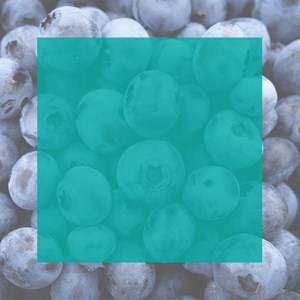Cookies help us deliver our services. By using our services, you agree to our use of cookies.
You have no items in your shopping cart.
Close
Menu
Menu
Personal menu
My account
Filters
Search
- Home /
- Hayfever
Newsletter
Subscribe to our newsletter and get information about our latest offers and prices.
Contact Info
- Food State Company, 3 Rue De La Forge, Jersey JE3 9BH
- 01534 855280
- enquiries@thefoodstatecompany.com
Information
My account
About Us
Food State nutrients are presented to the body in a healthy, natural way; just as they are with whole food. The Food State Company exists to provide the highest quality vitamin, mineral, and herbal supplements to you.





